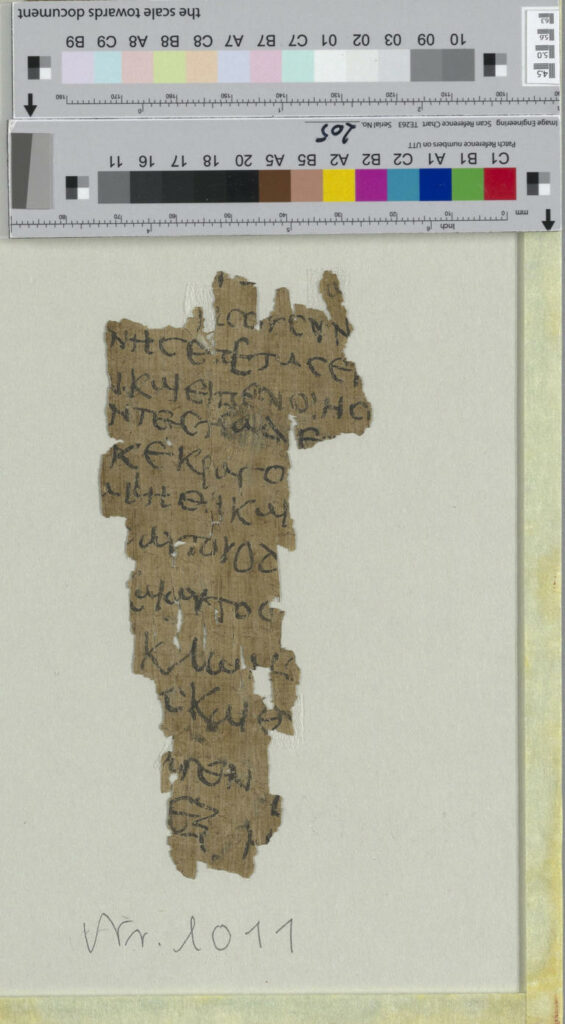For decades, a clumsily written document sat unnoticed in a university library in Germany, dismissed as nothing more than an old note—a private letter or perhaps a shopping list. Now, after more than 1,500 years, researchers have uncovered its true significance: it is believed to be the oldest surviving written copy of a gospel detailing Jesus’ childhood.
Lajos Berkes from Humboldt University of Berlin and Gabriel Nocchi Macedo from the University of Liège in Belgium, both papyrologists, have dated the fragment to the 4th or 5th century, according to a recent news release. They meticulously deciphered the text and identified it as a passage from the Infancy Gospel of Thomas, a biblical apocrypha that originated in the 2nd century A.D. This discovery makes it the earliest known copy of this particular gospel.

Berkes emphasized the fragment’s extraordinary research value, stating that it provides new insights into the transmission of the text. Nocchi Macedo highlighted that the fragment confirms the belief that the Infancy Gospel of Thomas was originally written in Greek.
Initially overlooked due to its clumsy writing style, researchers now believe the document was likely created as an exercise at a school or monastery. The revelation came when scholars noticed the word “Jesus” within the text, prompting them to analyze it letter by letter. Terms such as “crowing” and “branch” allowed them to compare it with other early Christian texts and identify its significance.
Biblical Apocrypha, meaning “hidden” in Greek, refers to texts that were widely read in antiquity and the Middle Ages but did not make it into the Bible’s accepted canon. They offer historical context and insights into the environment surrounding the New Testament, according to the Center for Christian Apologetics, Scholarship, and Education in Australia.
Michael Zellmann-Rohrer, a papyrologist at Macquarie University in Sydney, described the fragment’s decoding as an exciting find. He noted that it adds another dimension to our understanding of Christian scripture before the establishment of a fixed canon.
While acknowledging the challenges of interpreting fragmentary texts, Zellmann-Rohrer expressed confidence in the identification of the document as part of the Infancy Gospel of Thomas. This gospel recounts a playful episode from Jesus’ childhood, where a 5-year-old Jesus molds clay sparrows on the Sabbath, which come to life at his command.
The episode, with its depiction of Jesus creating life from inanimate material, offers a unique perspective on the relationship between Jesus and Joseph, said Zellmann-Rohrer. It enriches our understanding of Jesus’ early life beyond what is recounted in the canonical gospels.
As scholars continue to analyze and interpret this significant discovery, the ancient gospel fragment promises to shed further light on the early Christian traditions and the diversity of beliefs in the centuries following Jesus’ life.






